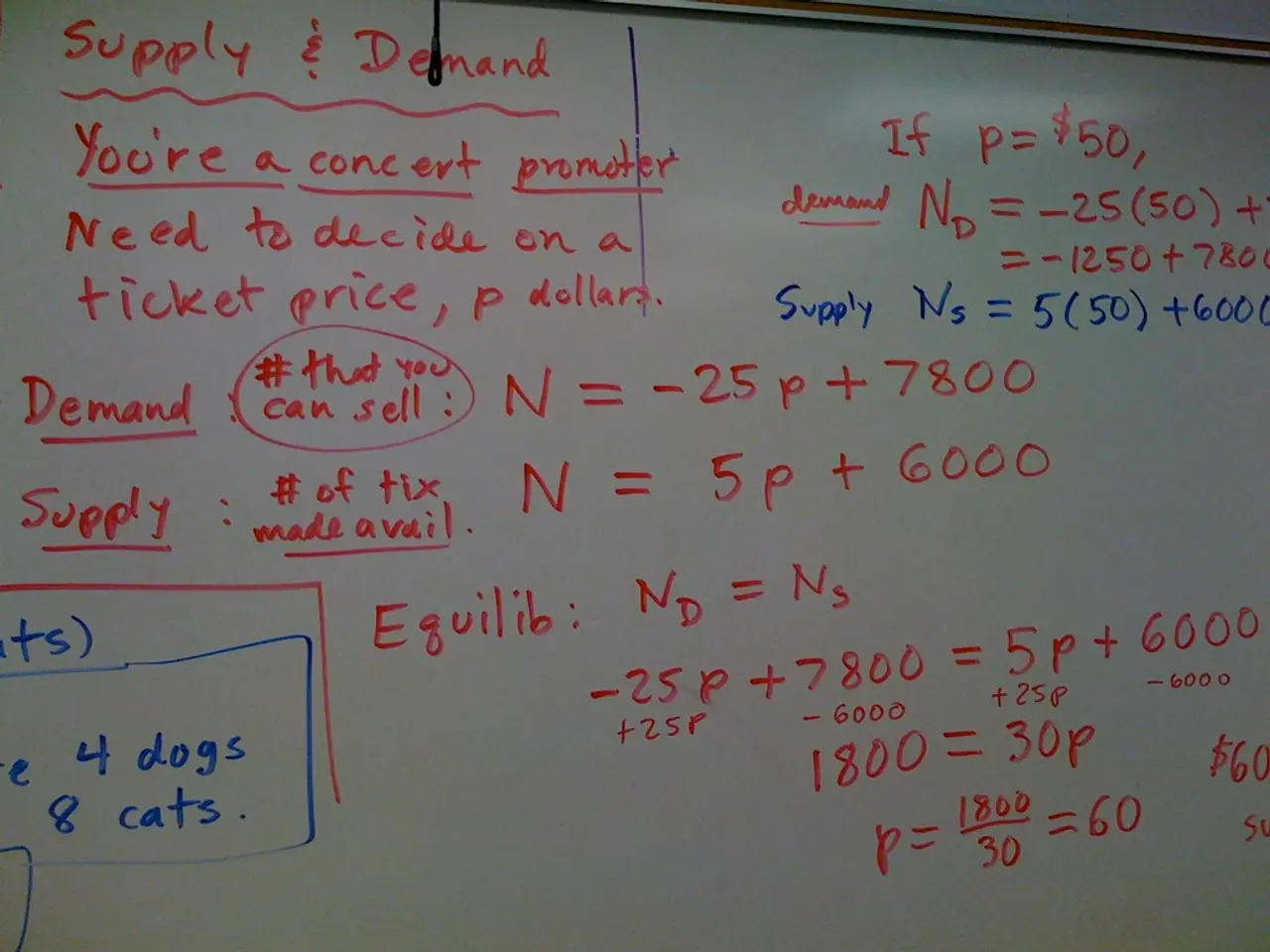Artificial Intelligence developed by Google successfully deciphers ancient Latin texts, potentially revealing hidden truths from the Roman era
In the realm of ancient history, a groundbreaking AI model named Aeneas is making waves. This advanced large language model, developed by a team of researchers, has been trained on a vast dataset of 176,861 Roman inscriptions, equivalent to approximately 16 million characters.
Aeneas is designed to aid in analyzing and interpreting fragmented Latin inscriptions. With its unique capabilities, it can fill in missing parts of heavily damaged or broken inscriptions, even when the length of the missing text is unknown. This feature allows for the accurate reconstruction of lost sections, providing historians with a more comprehensive understanding of ancient Roman texts.
Moreover, Aeneas can estimate the approximate date and place where an inscription was created, offering valuable context for historians. It can also identify parallels and deep connections across a vast collection of Latin texts, effectively treating each inscription like a historical fingerprint, which helps situate it within its broader historical and social context.
One of Aeneas' most impressive abilities is its capacity to analyze both textual and visual data. It can scrutinise images of inscriptions to improve restoration and contextualization, making it an invaluable tool for historians.
Aeneas is also capable of generating rational hypotheses for gaps based on evidence from its specialized Latin corpus. Unlike general-purpose AI, it is less likely to hallucinate, producing more reliable interpretations. Furthermore, it can rapidly scan a curated database of digitized high-quality Latin epigraphic sources, surfacing similar wordings, formulas, names, and phrases that assist in placing inscriptions within known Roman historical and legal frameworks.
The AI model has revealed new linguistic and historical insights, such as subtle language parallels with Roman legal documents or imperial political discourse, that were previously undetected by human historians. By combining these capabilities, Aeneas transforms how historians piece together fragmented Latin inscriptions, offering a more complete and nuanced understanding of the lives, laws, and politics of ancient Rome.
The best results have been achieved when historians combine the AI's insights with their own expertise rather than relying solely on one or the other. Aeneas' capabilities have been tested on the Res Gestae Divi Augusti inscription, where it identified subtle linguistic features to narrow down its origin to two time periods currently debated by scholars.
More than 20 historians who tested the model found it provided a useful starting point in 90% of cases. It is important to note that Aeneas was not specified to be used for any particular application beyond analyzing Latin inscriptions.
The model's code and data are open-source, promoting wider accessibility and collaboration in the field. This move encourages students and researchers to contribute to the ongoing development and refinement of Aeneas, furthering our understanding of ancient Rome.
With Aeneas, the study of fragmented Latin inscriptions is no longer a labour-intensive and time-consuming process. Instead, it has become a collaborative endeavour between AI and human historians, leading to a more accurate and comprehensive understanding of the ancient world.
Technology and innovation in the field of science have led to the creation of Aeneas, an advanced AI model designed to analyze and interpret fragmented Latin inscriptions. Aeneas uses its ability to fill in missing parts of inscriptions, estimate their approximate date and place, identify parallels among Latin texts, and analyze both textual and visual data to offer historians a more comprehensive understanding of the ancient Roman texts.




